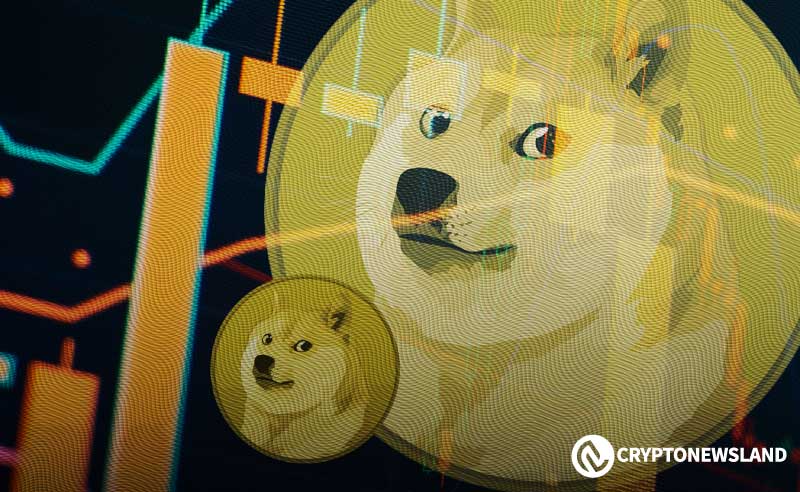- Dogecoin whale transactions have dropped over 69% since November, signaling reduced liquidity and investor confidence.
- The decline in large transactions aligns with a 49% drop in market cap, reinforcing the link between whale activity and price trends.
- If whales resume accumulation, Dogecoin could see a price rebound, but continued inactivity may prolong bearish momentum.
The whales’ transactions in Dogecoin surged hinting at a change in investor sentiment. According to analytics by Santiment, large transactions above $100,000 plunged by more than 69% since the beginning of November. Moreover, the number of $1 million-plus transactions has crashed. Consequently, this trend correlates with a 49% market capitalization decline, highlighting reduced liquidity and investor confidence.
Whale Transactions Experience a Steep Drop
Dogecoin transactions Weekly transactions above $100,000 have decreased from 20,200 to 6,200. Also, transactions over $1 million have decreased from 3,490 to 850. It shows that interest by institutional investors is weakening. In addition, whale activity always correlates with the price action of the asset in question, confirming this relationship further.
Additionally, Dogecoin’s price has mirrored this transaction decrease. It surged before December, driven by increased whale activity. However, post-December, the market has faced a persistent downturn. The price recently closed at $0.24068, reflecting continued bearish pressure.
Market Sentiment and Liquidity Decline
Besides the decline in whale transactions, Dogecoin’s live price action also suggests reduced market enthusiasm. The price fluctuated between $0.26108 and $0.23978, indicating volatility. Furthermore, the opening price of $0.248097 suggests uncertainty among investors.
The blue line in Santiment’s chart, which represents $100K+ whale transactions, follows Dogecoin’s price movements closely. Likewise, the yellow line, representing $1M+ transactions, follows a similar downward trend. Hence, these patterns suggest that whale accumulation could be a strong signal for price recovery.
Moreover, the decrease in large transactions impacts overall market liquidity. Less whale participation often results in thinner order books, making price movements more volatile. Consequently, this may affect Dogecoin’s short-term stability.
Dogecoin’s future price depends on whether whales resume accumulation. Historically, large investors drive major price moves. Hence, a renewed spike in whale transactions could indicate a market rebound.
However, Dogecoin’s price might find it difficult to regain upward momentum if the current trend continues. In order to spot possible purchasing signals, investors should keep an eye on whale activity. Furthermore, Dogecoin’s trajectory will be significantly shaped by general market developments.


